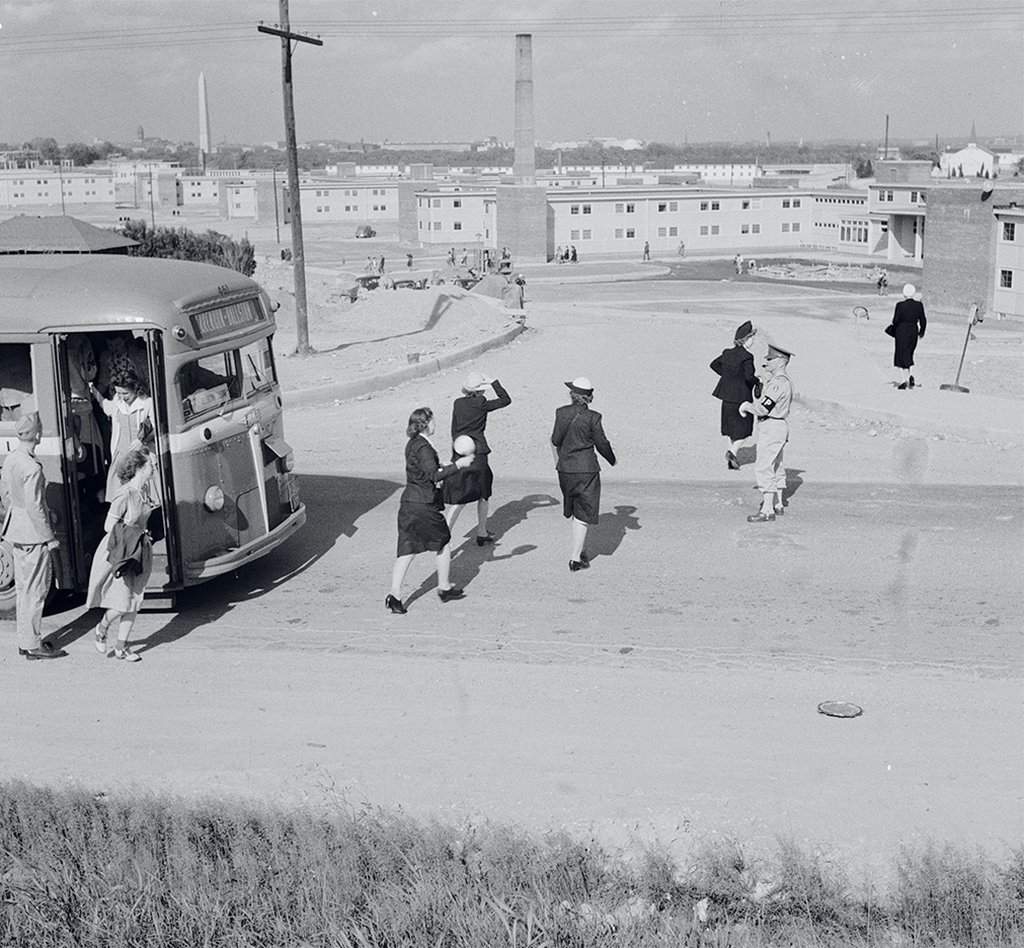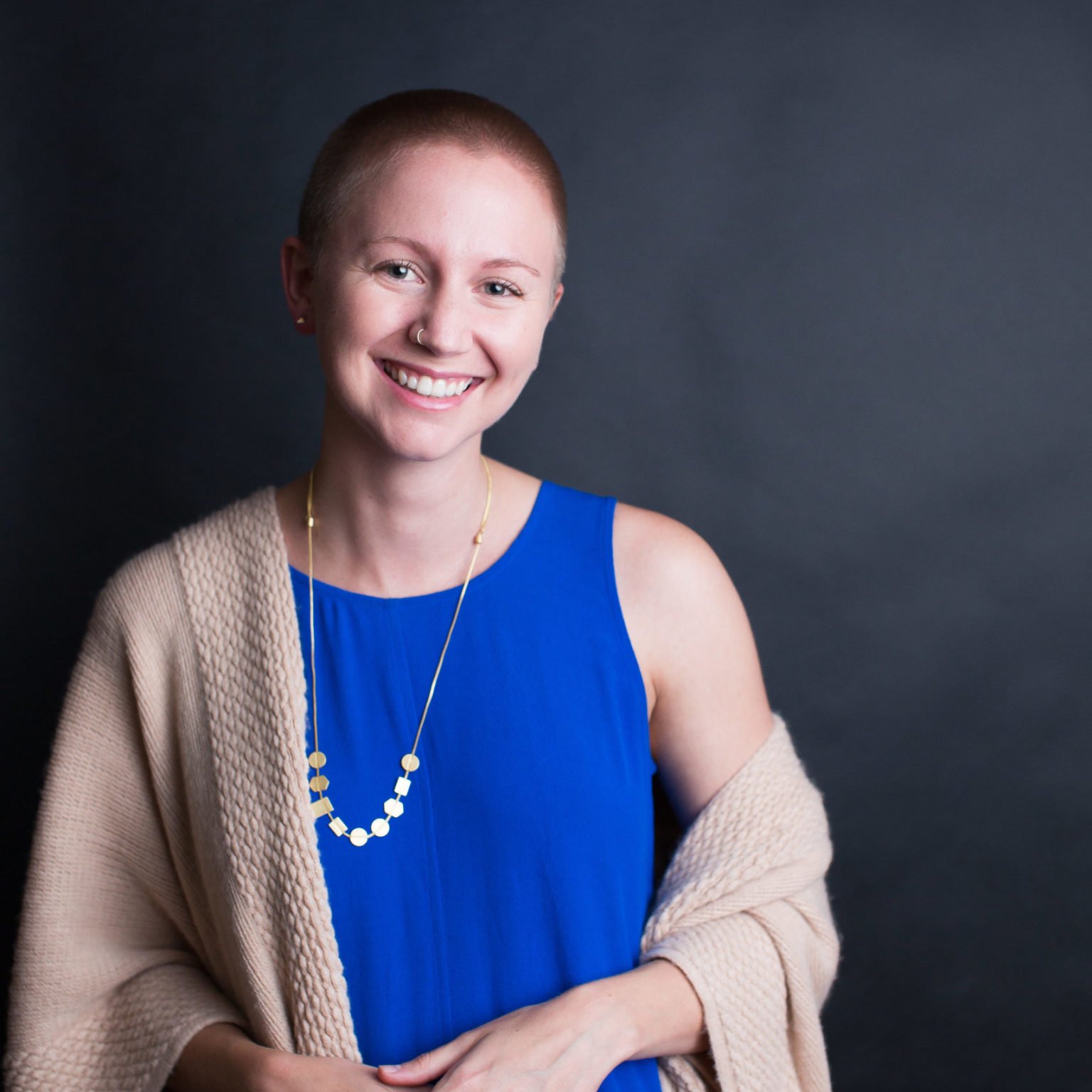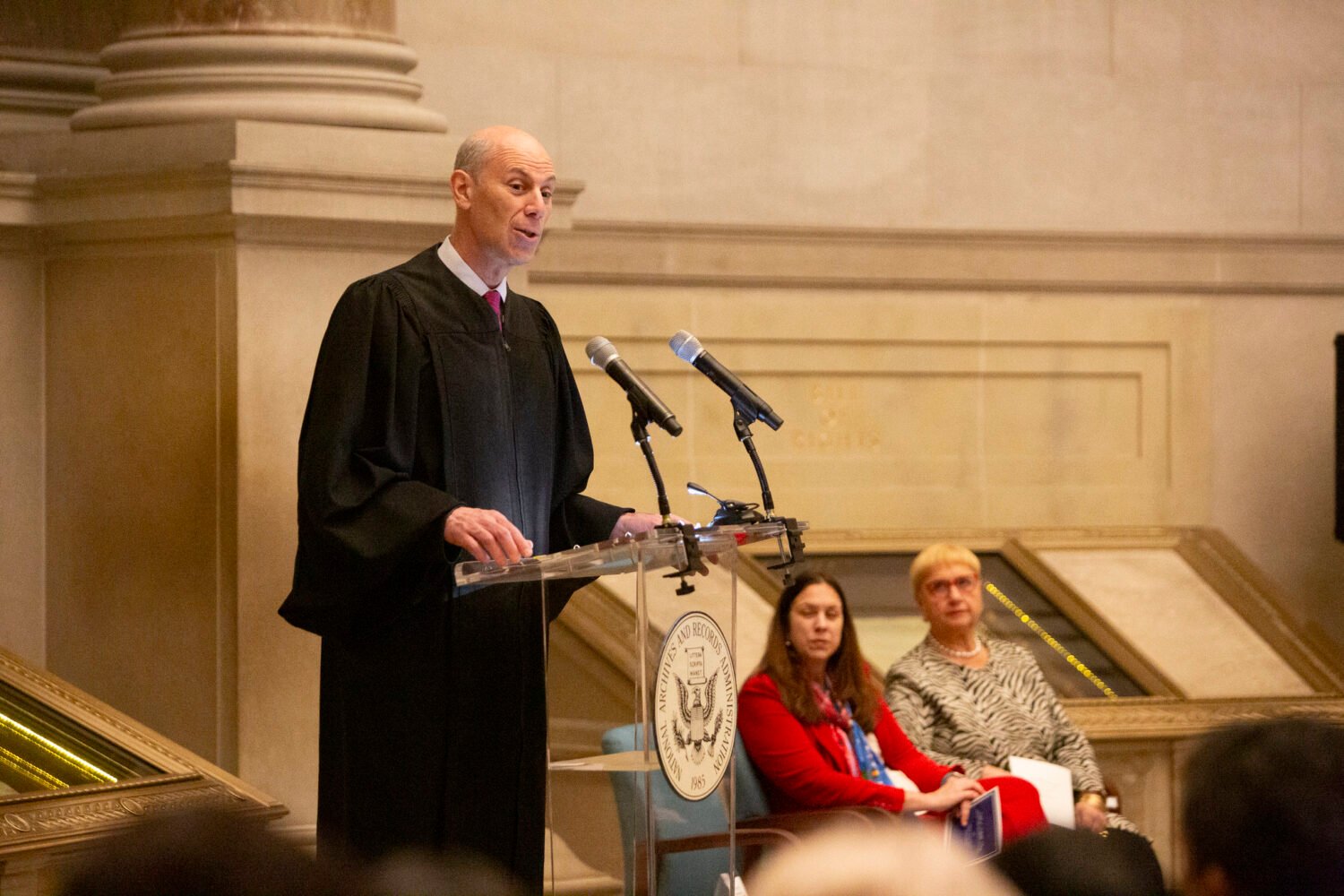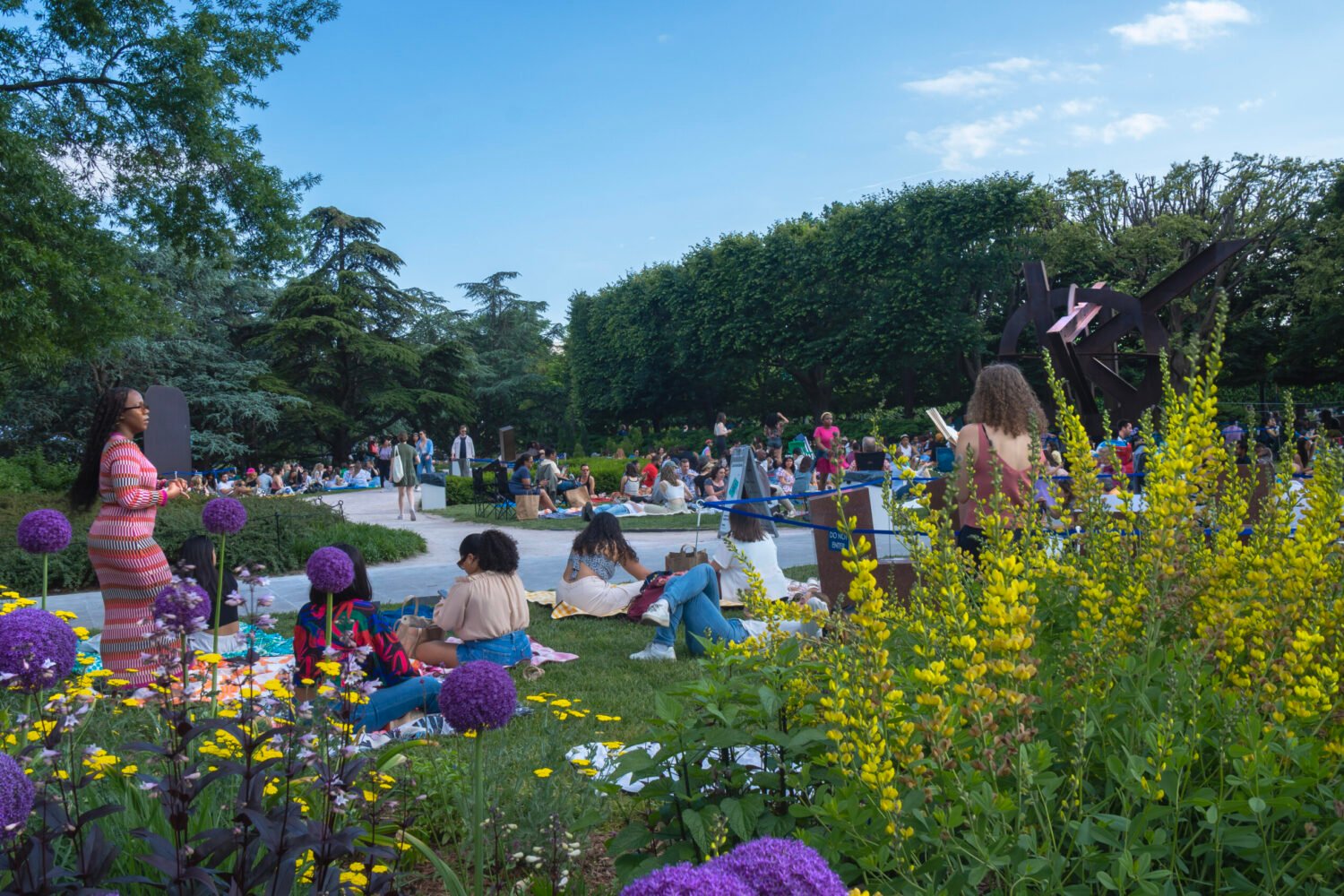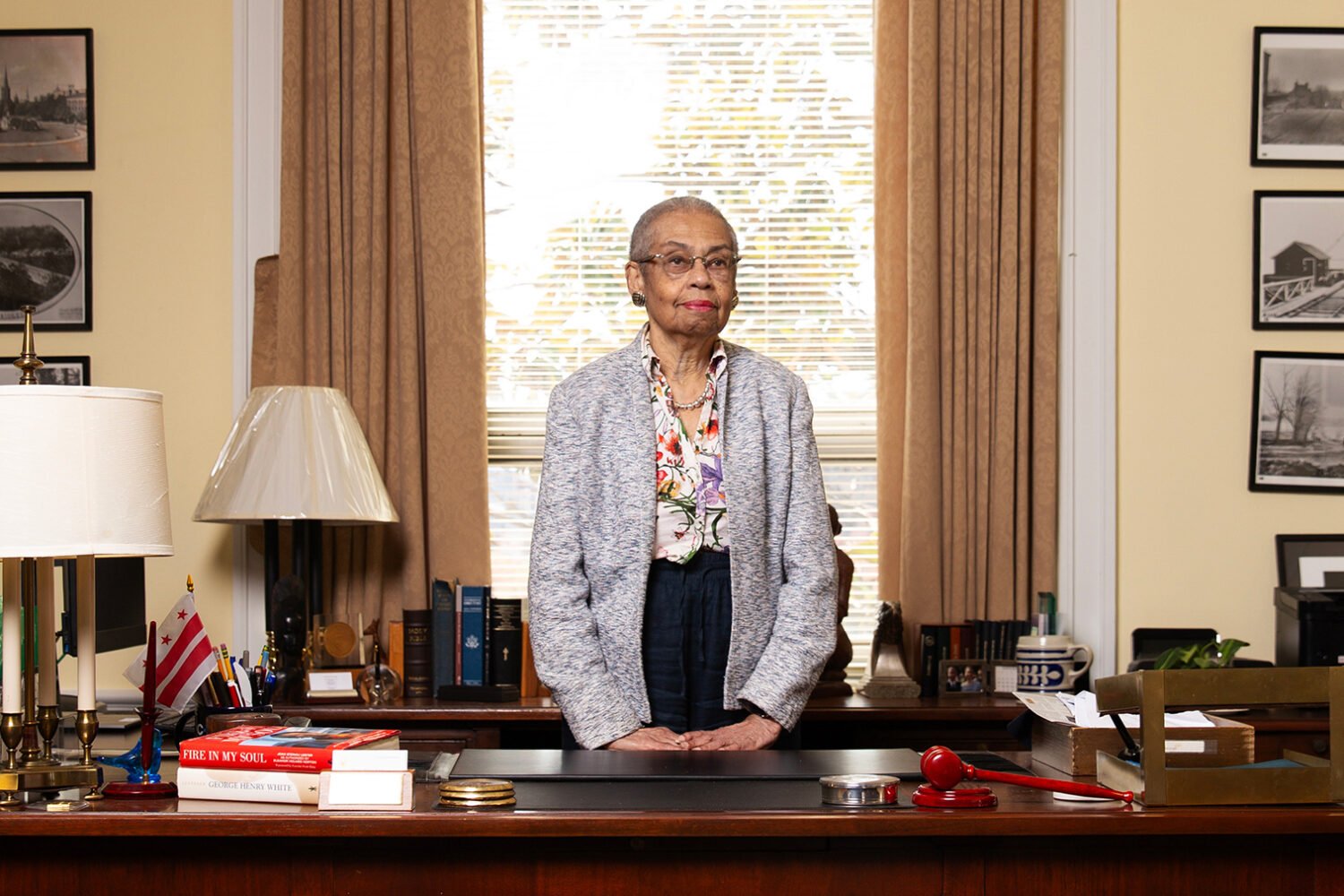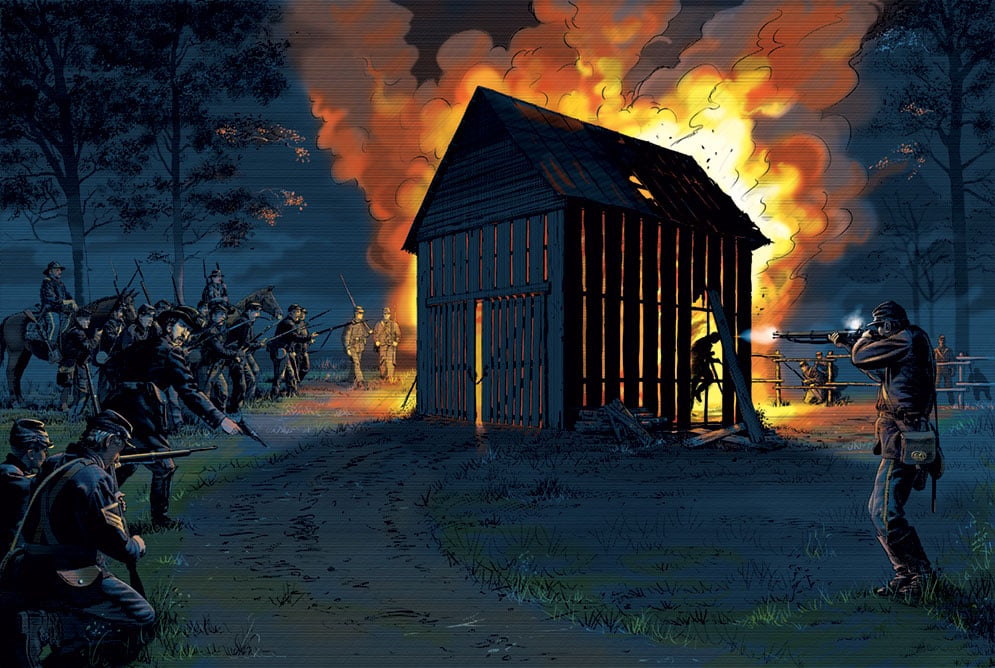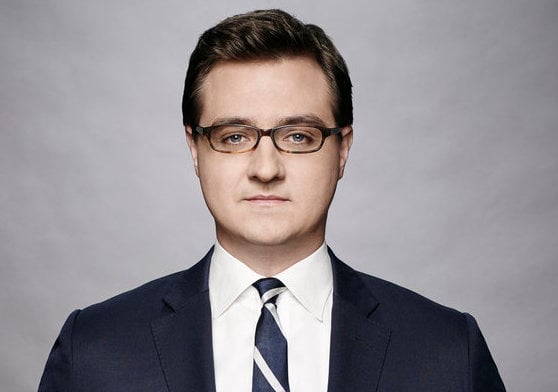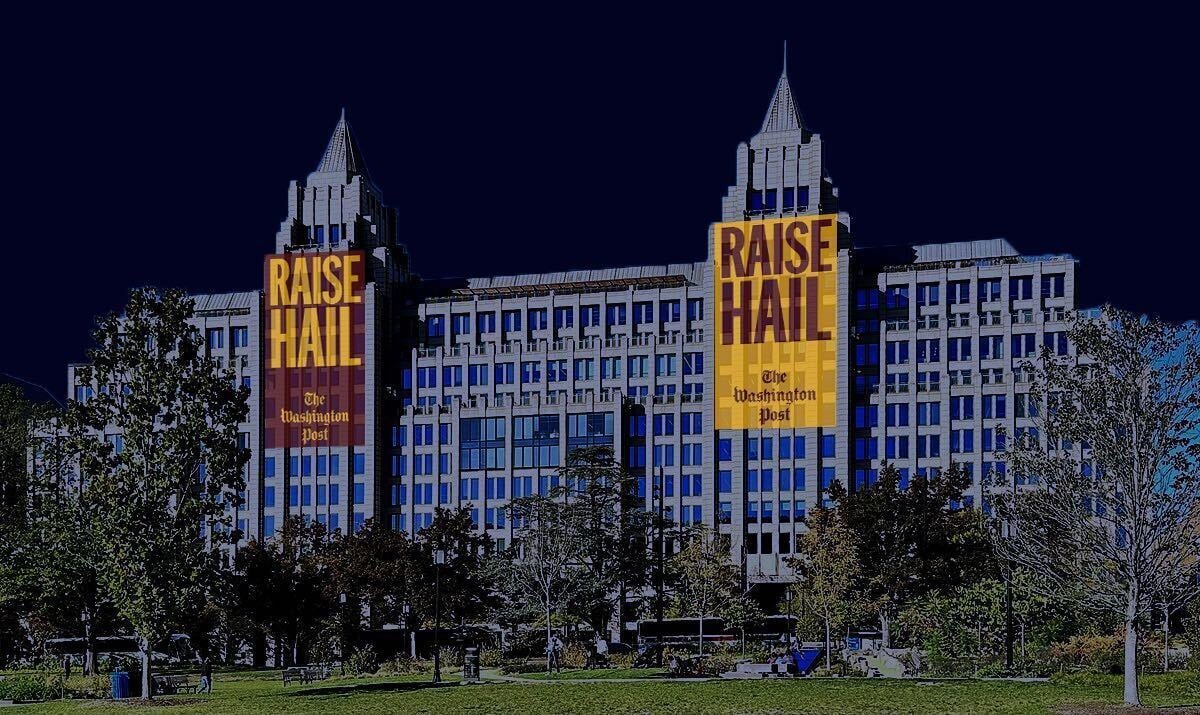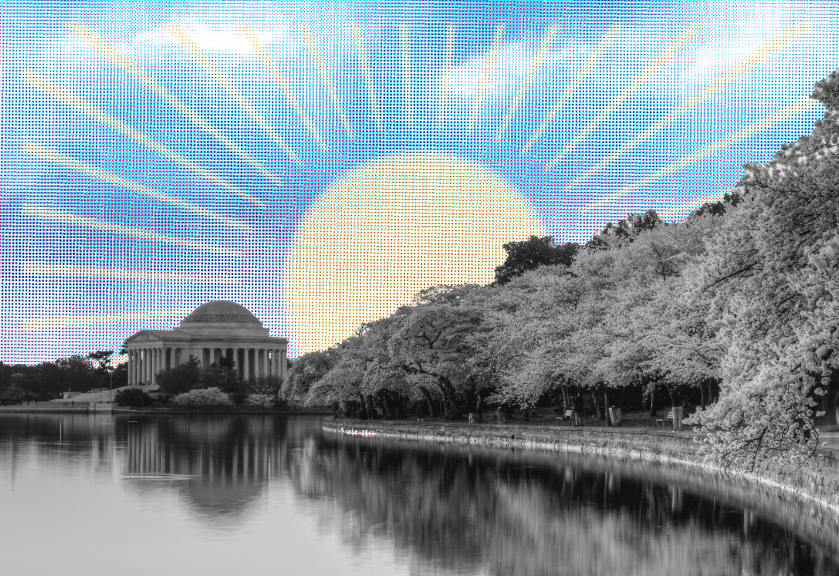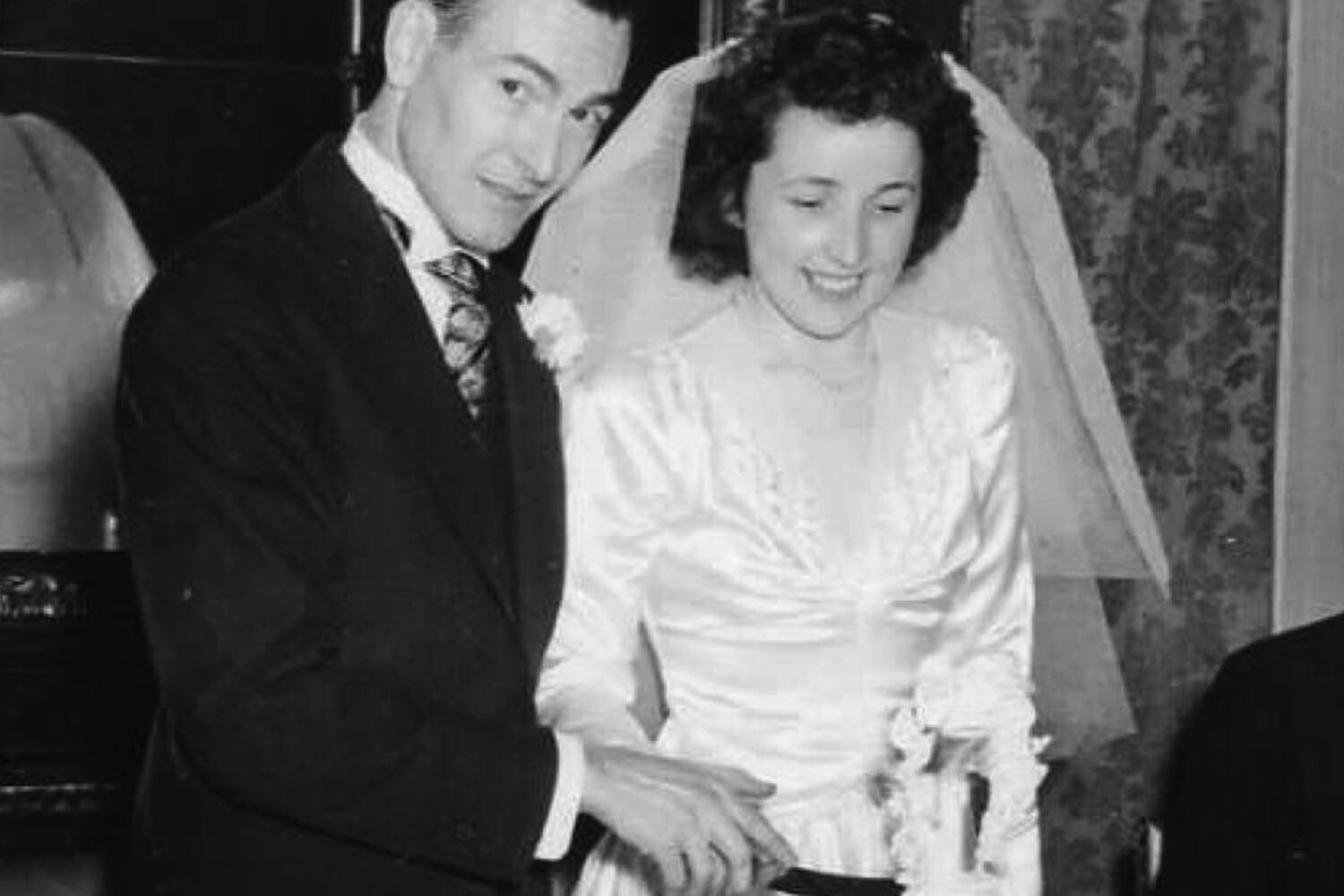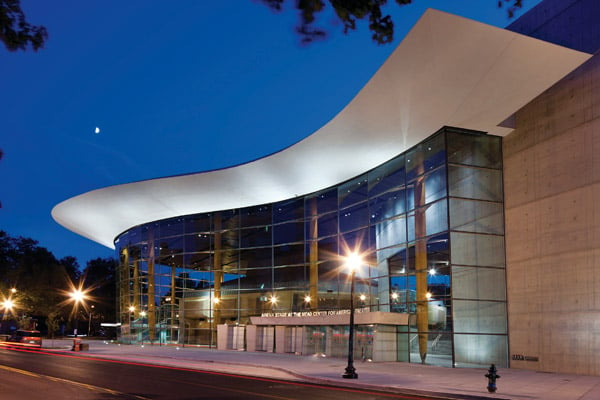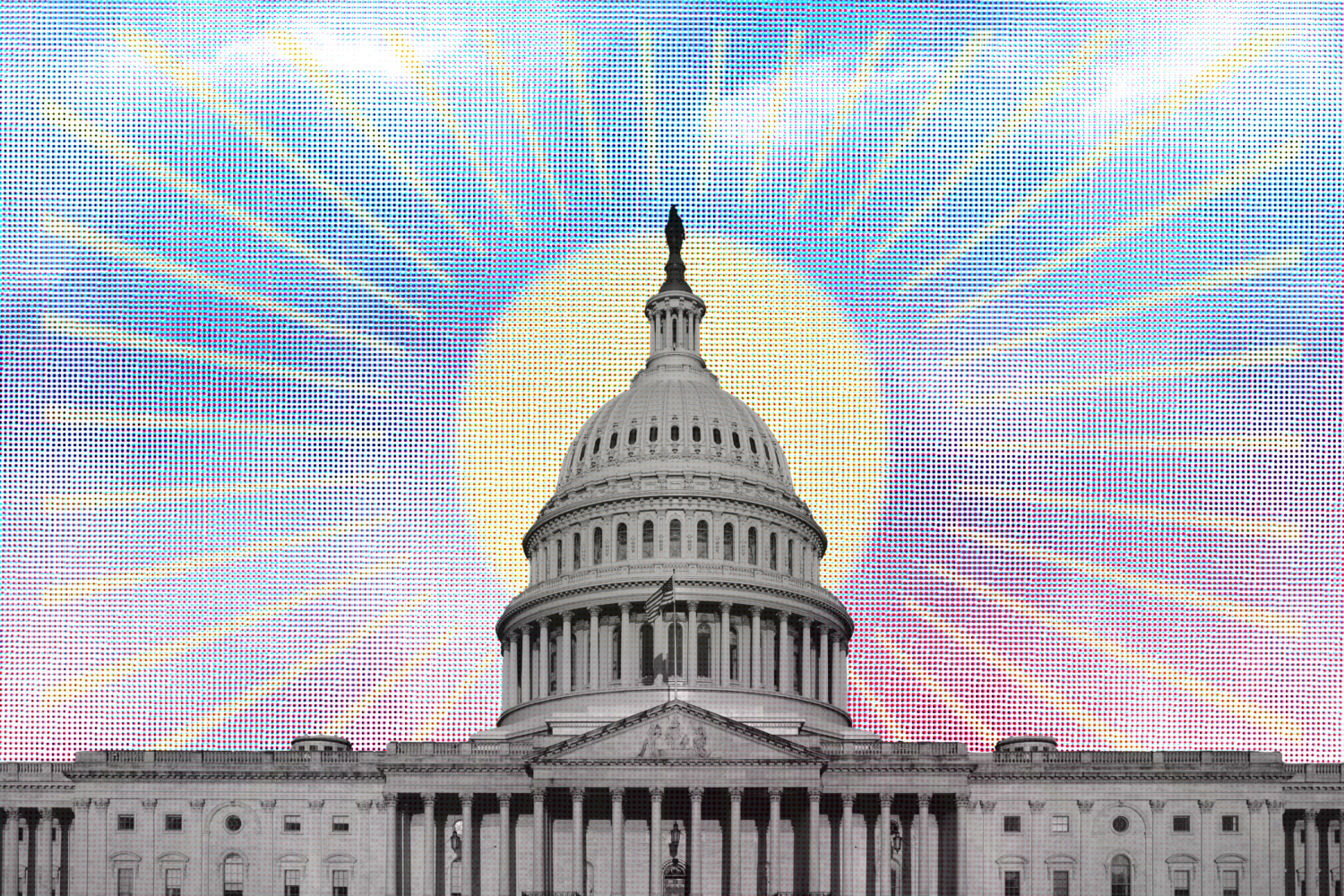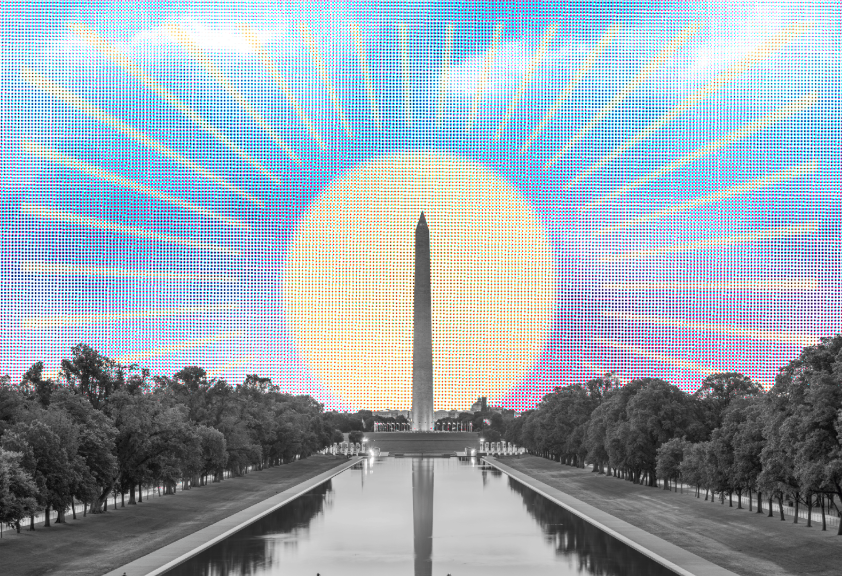In October 1943, 23-year-old Dot Braden, a teacher from Lynchburg, Virginia, stepped off a train and into Union Station with two suitcases, a raincoat, and an umbrella. Braden was one of tens of thousands of young women from around the country pouring into Washington to do their part for the war effort. While their boyfriends and brothers fought overseas, these “government girls” went to work at fast-expanding federal agencies. Some, like Braden, were tapped by the military to work on cracking enemy codes.
In her new book, Code Girls, former Washington Post journalist Liza Mundy tells the little-known story of these 11,000 female recruits, whose work soon proved critical—and whose unusual Washington experience pointed toward changes that would reshape the city. Mundy—a senior fellow at the nonpartisan think tank New America who has previously written well-received books about Michelle Obama and female breadwinners—interviewed more than 20 surviving codebreakers, now in their nineties. Most of the women worked at the Army’s codebreaking base in Arlington or the Navy’s similar operation near American University (now the Department of Homeland Security headquarters). Together, these two groups joined England’s Bletchley Park in unlocking vital Axis correspondence, which played an important role in winning World War II.
As educated, single women prompted by global events to delay marriage and parenthood and to enter the workforce, the subjects of Mundy’s book were inadvertent pioneers. Set loose in an unfamiliar city, on their own for the first time during a period of tremendous uncertainty, they found themselves experimenting, emboldened to push against conventions. They went to hear Frank Sinatra at the Club 400. They dined at the Willard Hotel’s Peacock Alley. They partied and dated and had sex. The experience changed them in fundamental ways, Mundy writes. But it also changed Washington. These women “were delightfully different and cracked the crust of what had traditionally been a staid old city,” as journalist Scott Hart wrote in his 1970 book, Washington at War. Dot Braden, now in her nineties, put it more plainly in an interview with Mundy from the book. “Washington,” she said, “was wide open.”
Though Mundy’s goal is to tell the women’s stories, Code Girls captures a broader, essential truth about the nation’s capital: It has often been shaped by a certain kind of generational cultural immigration, with waves of new arrivals remaking the urban atmosphere in ways both obvious and harder to pinpoint.
After the Civil War, thousands of recently freed slaves made their way to Washington, turning it into one of America’s most vital centers of African-American life. During World War I, job seekers ballooned the District’s population by around 50 percent. Today, with elections installing new administrations and upsetting power calculations, ambitious achievers caravan into town to be molded by the city’s unique culture and—inevitably—to transform it. This influx of youthful energy has become part of Washington’s identity. Reading the code girls’ stories, it’s hard not to think of idealistic Obama followers who, inspired by that President’s promise to “make government cool,” poured into town and helped kick-start a decade’s worth of radical change. (Whether the deeply unconventional current administration will continue the pattern remains an open question.)
But the government girls weren’t just young—they were young women. The wave of female workers may have been the result of wartime circumstance, but the effect was to help forge new opportunities for later generations. Yes, they loosened social mores and seeded feminist thinking by living and working independently. But the government girls, including the codebreakers, also proved that women could build serious careers in Washington. Although following the war, many left their jobs to marry and have children, some stayed and flourished. After the Army and Navy’s codebreaking operations evolved into the National Security Agency, one of the code girls, Ann Caracristi, rose through the NSA ranks to become the first female deputy director.
Since then, the city has continued to be a destination for ambitious women. Washington is consistently named one of the country’s top cities for women in tech, and it has one of the smallest gender/wage gaps in the science, technology, engineering, and math fields. From senators and Supreme Court justices to mayors and police chiefs, DC has embraced and benefited from women in positions of power and influence.
Is all that progress attributable to Dot Braden and the many other wartime arrivals? Probably not. But Mundy’s fascinating book suggests that their influence did play a role in defining modern Washington and challenging gender roles—changes that still matter 75 years later.
This article appears in the October 2017 issue of Washingtonian.

